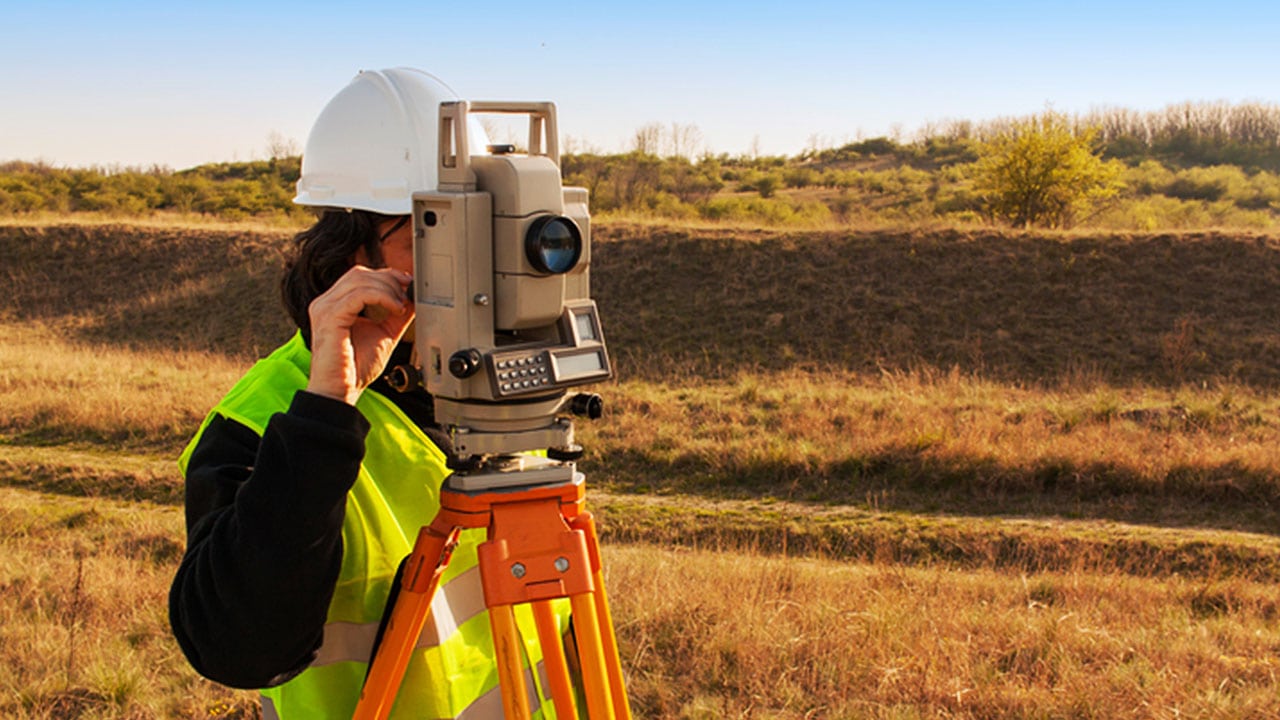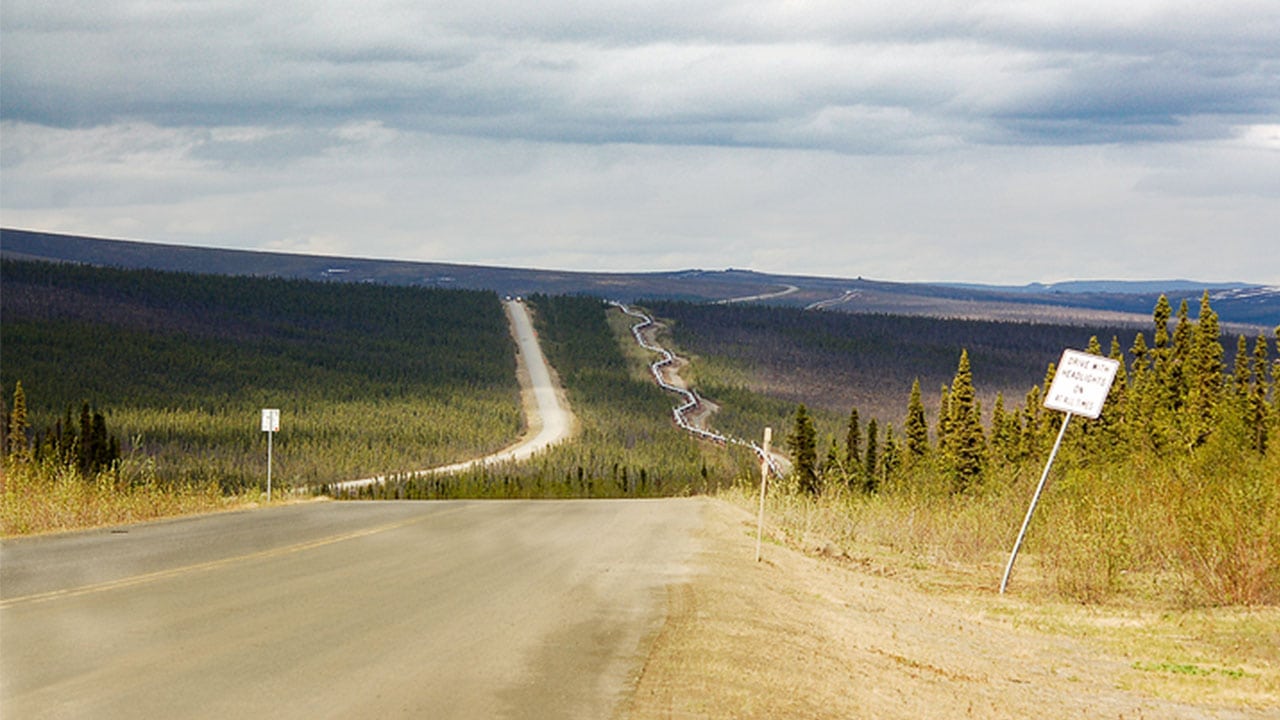Pipelines are an efficient way to get petroleum products from point A to point B, particularly since they don’t need to rely on rail or road traffic to do so. Of course, though a straight line would seem to be the most efficient design for a pipeline, that’s not how pipelines end up getting built.
How does a pipeline route get chosen? It’s an interesting question, with an answer that relies on many important factors. Here’s a look at some of the basics that go into pipeline route planning.
Naturally, Geography & Environment Play Important Roles in Determining Pipeline Routes
When planning a pipeline route, two of the most important things to take into consideration is geography and the environment. Features like slopes and fault lines can present an unnecessary risk for the stability of a pipeline, and areas of environmental concern—often places that are home to rare species—may be deemed too at risk for a pipeline to cross through. Routing around or away from these kinds of natural fixtures is, therefore, an important part of many pipeline projects.
Attention to these kinds of details over the great distances traveled by pipelines means the development of these projects can take a great deal of time as surveys and studies about potential impacts are completed. Graduates of process piping training should, therefore, expect the projects they work on to go through lengthy periods of research and refinement before ground is ever broken.

The effort is made to make sure pipelines don’t go through vulnerable environments
Pros With Process Piping
Pros With Process Piping Training Will See How Important Community Concerns Are
Often, pipelines will pass by or near communities, and this presents additional concerns that must be addressed during the routing stage of pipeline development. For example, a pipeline’s proposed route may need to pass through farmland, requiring a conversation with the landowner to assuage any worries they may have about the proposal and to discuss compensation for the piece of land that gets used. Another common example is of pipelines crossing through territory under the domain of Canada’s First Nations, thus adding legal concerns about development to the equation. Graduates of a process piping specialization program know that addressing these concerns is an important part of the process leading up to the modeling of the final proposed route.
Pipelines Need to Be Accessible, And Are Planned Accordingly
Building a pipeline often requires large machinery and big teams of people, which presents the important problem of how to get everyone and everything to the sites where the pipelines are meant to be built. The solution, typically, is to take accessibility into account and plan pipeline routes that aren’t at a total remove from roads. This is also important after construction is completed. If something goes wrong with a pipeline, it is critical that responders are able to get to the site of the problem and deal with it quickly, or else permanent environmental damage or serious economic loss could occur.

Building pipelines in relatively accessible locations are important for construction and safety
It’s important to note that existing infrastructure, like roads, pipes, and wiring, all must be taken into account during the pipeline planning and modeling process. If in planning pipelines for ease of access, a project is brought into proximity with those types of structures, it could pose an interesting puzzle for you to solve. A good education in process piping modeling will ensure you have the skills to handle this type of work correctly and efficiently.
Do you want to learn more about working in pipeline design and modeling?
Study process piping drafting! Contact Digital School to sign up today.

